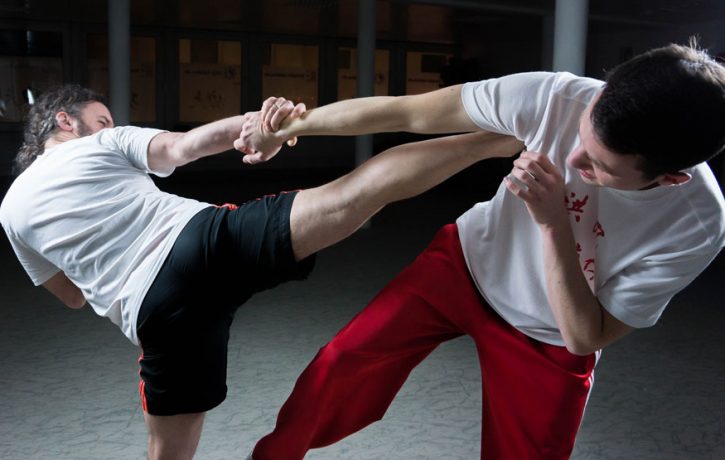Likely Injuries for a Martial Arts Practitioner

Martial arts are one of the most popularly practised exercises in the world. Judo is second to soccer, being the most popular form of combat sport. Having so many different varieties in the world, you could understand how there is almost a style for everyone. With them being so popular as well as being a contact sport (for the majority), injuries are very common and are somewhat expected when a person engages in regular practice. It ‘comes with the territory.’
Likely Injuries
As a clinician I see similar injuries in MMA fighters I treat, but at a competitive level there are many more traumatic injuries that can occur such as concussion or a fracture. A concussion isn’t really in my field of knowledge whether it can be helped conventionally or more just a matter of time and rest, however a fracture can be treated and rehabilitated to bring the athlete back to strength quicker, and with less long term weakness.
Fracture
A judo athlete is in competition. The opponent manages to perform a ‘Harai goshi’ on the athlete (as shown) and the opponent side lands on the athlete as they impact the ground. In an unfortunate scenario, the athlete may have landed awkwardly or the opponent landed with their elbow into the athletes clavicle/collar bone and a fracture occurs. Now during the first few weeks of healing and having the arm in a sling, its important to let the bone either fuse back together or if the athlete chooses, have a plate inserted to hold together the fracture. Either way, there will need to be some rehabilitation at some point and if none is provided, that shoulder can become stiff, weak and have a lifelong limitation in range of movement. It is vital that within 4-6 weeks of injury, this example athlete needs to begin a form of rehabilitation with a qualified professional. The same would go for any other fracture, with the exclusion of any complications such as second surgeries needed or conditions that can slow the healing process such as a poor immunity or circulatory system.
Hand injuries
With the amount of grip needed in most disciplines, hand injuries are a likely occurrence both in hard and soft tissue. Gloves are normally worn as protection but sometimes fingers can be caught, twisted or compressed to a level that causes injury. Sometimes not just fingers but an awkward landing on a wrist can badly sprain ligaments also. Depending on the severity depends on the time of rest from exercise, but under the right care a good rehab plan can be put in place for the athlete.
Neck
Some MMA styles allow choking techniques, and some of those styles even allow the opponent to be rendered unconscious if they refuse to submit. This means with the amount of strain applied around the neck can likely cause some short term bruising and soreness. It’s important to be aware of these risks before deciding to practice them, and more importantly how to defend against them so they never happen in the first place!
Other forms of MMA involve direct trauma such as Taekwondo, or Muay Thai. A direct hit from a kick or a punch can not only knock an athlete unconscious, but could even cause whiplash or soft tissue damage around the neck. Once again when there’s soft tissue damage, there is a rehab plan that should take place to maximise healing an minimise pain.
There are many other injuries that can occur in such an activity; dislocations, cuts and abrasions, even overuse injuries in the non-contact martial arts. The stated above are just the most serious and quite common. Please be aware of what you decide to take up, and remember to always progressively build. Don’t dive straight into the deep end when you’re only just learning to swim and the sports injuries will be much less likely!
- What’s Your Weakness? - 7th February 2019
- Taping and Strapping Vlog – How does Kinesiology tape work? - 26th October 2018
- Are Regular Treatments Worth It? - 14th September 2018
